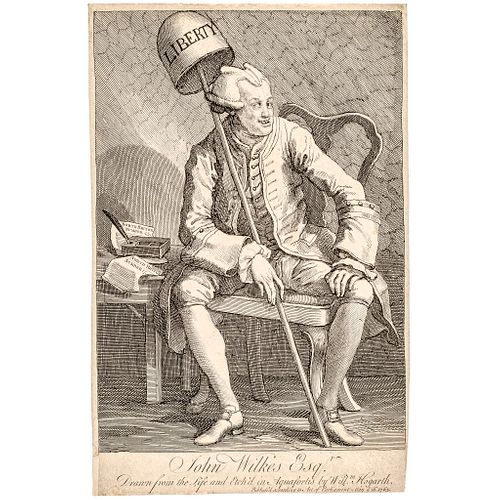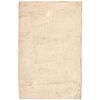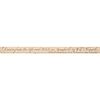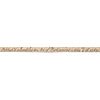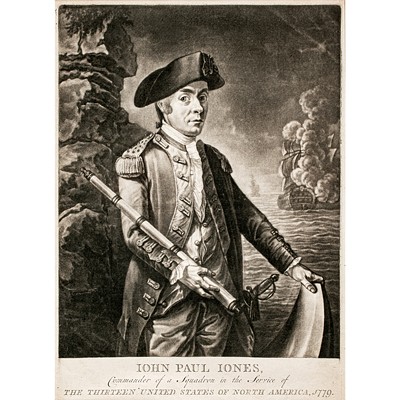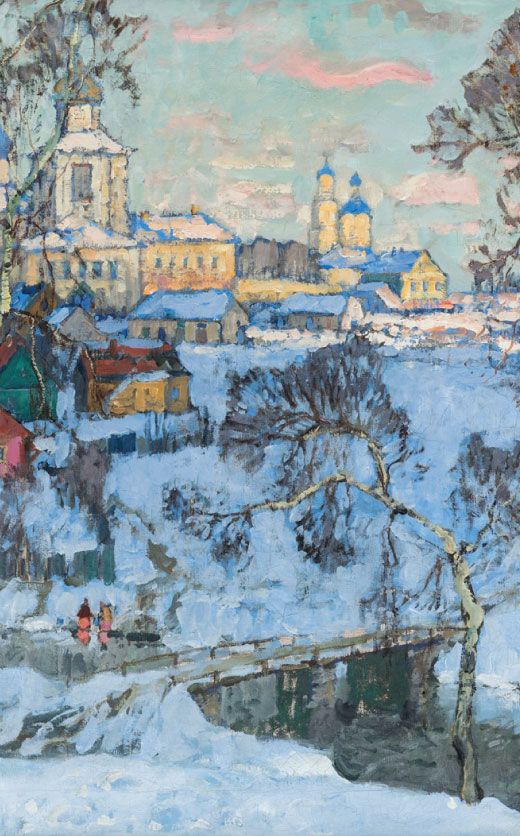May 1763, John Wilkes, Esq., William Hogarth Original Satirical Political Print
Lot 108
Categories
Estimate:
$1,000 - $1,200
Absentee vs Live bid
Two ways to bid:
- Leave a max absentee bid and the platform will bid on your behalf up to your maximum bid during the live auction.
- Bid live during the auction and your bids will be submitted real-time to the auctioneer.
Bid Increments
| Price | Bid Increment |
|---|---|
| $0 | $10 |
| $200 | $20 |
| $300 | $25 |
| $500 | $50 |
| $1,000 | $100 |
| $2,000 | $200 |
| $3,000 | $250 |
| $5,000 | $500 |
| $10,000 | $1,000 |
| $20,000 | $2,000 |
| $30,000 | $2,500 |
| $50,000 | $5,000 |
| $100,000 | $10,000 |
| $200,000 | $20,000 |
| $300,000 | $25,000 |
| $500,000 | $50,000 |
About Auction
By Early American History Auctions
Jan 23, 2021
Set Reminder
2021-01-23 12:00:00
2021-01-23 12:00:00
America/New_York
Bidsquare
Bidsquare : Early American History Auction of Autographs, Americana, Political & Maps
https://www.bidsquare.com/auctions/early-american-history-auctions/early-american-history-auction-of-autographs-americana-political-maps-6311
311 Lots of Rare, Historic Autographs, Americana, Civil War Era, George Washington, Abraham Lincoln, Slavery & Black History, Revolutionary War Era, Colonial America, Federal Period, War of 1812, Colonial Currency, Indian Peace Medals & more... Early American History Auctions auctions@earlyamerican.com
311 Lots of Rare, Historic Autographs, Americana, Civil War Era, George Washington, Abraham Lincoln, Slavery & Black History, Revolutionary War Era, Colonial America, Federal Period, War of 1812, Colonial Currency, Indian Peace Medals & more... Early American History Auctions auctions@earlyamerican.com
- Lot Description
American Revolution
1763 "John Wilkes, Esq.," by William Hogarth Similar to the Metropolitain Museum New York "The Met" Collection Example
May 16, 1763-Dated, "John Wilkes, Esq.," Original Satirical Political Print Etching and Engraving by William Hogarth (British 1697-1764), London, Very Fine.
This rare original (not a reproduction) sitting Portrait shows the editor of the North Briton Journal, little flattering, but true, in determined position with the "hat of freedom" on top of a long pole also know as a "Liberty Cap". This original Copper Plate Etching and Engraving is trimmed within the plate measuring about 9" x 14", being trimmed along the plate mark margin. Even in overall expected age tone, small bottom left edge early paper reinforcement which appears removable. This example possibly of a first state engraving, lacking the price at bottom left. Inscription below reads:
"John Wilkes Esq. / Drawn from the Life and Etch'd in Aquafortis by Willm. Hogarth/ Publish'd according to Act of Parliament May ye 16. 1763."
Wilkes was a member of the British Parliament who published an opposition newspaper, "The North Briton," and pushed the boundaries of freedom of speech in Great Britain. In the etching, Wilkes holds a "Liberty Cap" on a pole, and two important issues of his newspaper lie on a table beside him. In No. 45, Wilkes had accused George III of lying about the treaty which ended the Seven Years' War, prompting Wilkes' arrest and his being charged with seditious libel. When the judge ruled that members of Parliament could not be charged with libel, the cry of "Wilkes and Liberty!" erupted in Britain and crossed the ocean to America. Wilkes was a hero to Colonial Americans; they closely followed his pronouncements in his newspaper, his exile to France, his subsequent return and election to Parliament, his expulsion by George III and the London riots which followed -- all of his trials and tribulations with the British government. Wilkes stiffened the backbone of American resistance to British demands. This example is very similar and on the same early paper to the Metropolitan Museum New York "The Met" Collection as shown on their website: https://www.metmuseum.org/art/collection/search/392613
Also for further information see: https://web.nmsu.edu/~rpmellen/Wilkes%20Article%20Mellen.pdf
William Hogarth (1697-1764) was a well-known English painter and engraver, who is chiefly remembered as a creator of satirical narrative pictures, such as this etching of John Wilkes.
In May 1763 John Wilkes was put on trial for an attack on George III in issue No. 45 of his satirical journal The North Briton. The prosecution was seen as an infringement of Wilkes's privilege as a member of parliament and crowds of thousands gathered in the streets shouting a new slogan of radicalism: "Wilkes and Liberty!".
A few months earlier Wilkes had antagonised Hogarth in No. 17 of the journal by mocking his acceptance of royal payment. The artist retaliated by publishing this caricature of Wilkes on trial, deliberately echoing popular prints of famous criminals. The caricature sold in huge numbers, but it was not a success in Hogarth's terms: Wilkes's many supporters did not read the print as intended and the image became an icon of the radical cause. It was copied endlessly in cheap prints and other media.
One example in the British Museum is a rare Chinese export ware punchbowl.
John Wilkes (1727-97) was born at Clerkenwell, the son of a distiller. Wilkes was elected Member of Parliament for Aylesbury in 1757 but was a profligate adventurer and one of the notorious 'Monks of Medmenham'. The refusal of Lord Bute to appoint him Governor of Quebec or Ambassador to the Sublime Port prompted Wilkes to attack the administration in his weekly journal, North Briton. Then, after fighting a duel with Lord Talbot, he roundly condemned the illiberal programme set out in the King's Speech in No.45 of the paper.
The Secretary of State, Lord Halifax, ordered his immediate arrest on a common warrant but, when he was brought before Lord Pratt, then Chief Justice of Common Pleas, his detention was declared illegal and he was set free amongst general rejoicing. Earlier, Wilkes had composed a parody of Pope's Essay on Man, entitled Essay on Woman, that had been printed privately, doubtless for the Monks of Medmenham. This was read out in the House of Lords, deemed to be seditious libel, and a copy was burned by the Public Hangman.
Wilkes was expelled from the House of Commons and, fearing imprisonment for debt, fled to the Continent when he was dubbed an outlaw. In 1768 he returned to England where, after paying a fine of 1,000, he submitted to twenty-two months imprisonment. This proved to be a nominal sentence during which he was afforded every luxury and he actually contested the vacant parliamentary seat of Middlesex from the gaol. Three times he topped the poll and thrice his election was deemed to be invalid.
After his release he became first an alderman and, in 1774, Lord Mayor of the City of London. His election to Parliament the following year was accepted though he made little impact upon the legislature and, when he spoke against the Lord George Gordon riots, his popular image as the champion of liberty was somewhat tarnished. He retired to Bath where he died in 1797
- Shipping Info
-
Early American provides in-house worldwide shipping. Please contact us directly if you have questions about your specific shipping requirements.
-
- Buyer's Premium



 EUR
EUR CAD
CAD AUD
AUD GBP
GBP MXN
MXN HKD
HKD CNY
CNY MYR
MYR SEK
SEK SGD
SGD CHF
CHF THB
THB